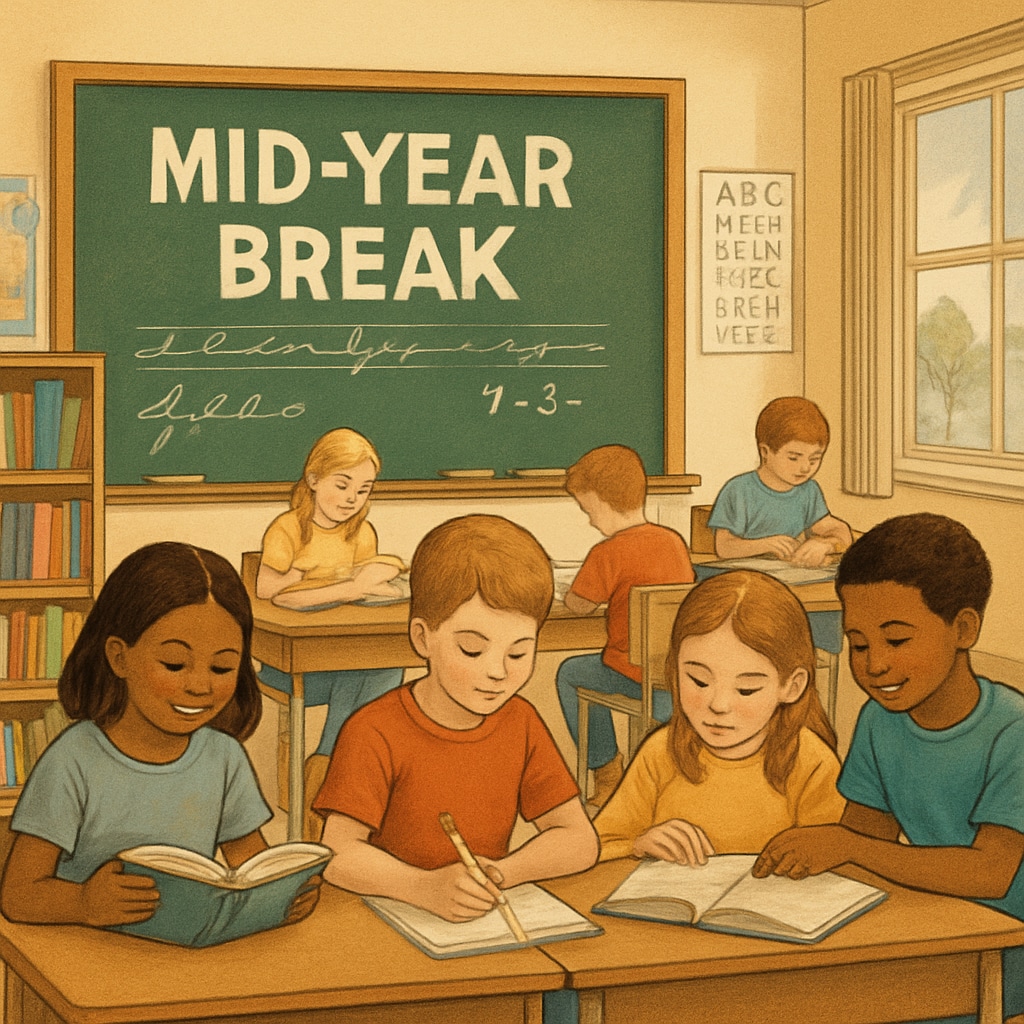Year-round schooling, knowledge retention, and summer break alternatives are becoming increasingly prominent topics as educators and researchers seek solutions to the issue of “summer learning loss.” This phenomenon refers to the significant decline in students’ academic performance after prolonged summer vacations. A proposed solution, year-round schooling, restructures the academic calendar by replacing the traditional three-month summer break with shorter, more frequent intervals, such as a “one week on, one week off” schedule. Advocates suggest this model may better align with cognitive science, educational equity, and family life balance.
Understanding Summer Learning Loss
Summer learning loss, or “summer slide,” is a well-documented phenomenon where students forget a substantial portion of what they learned during the previous school year due to extended breaks. According to research on summer learning loss, students lose approximately one month of academic progress during summer vacation, with disadvantaged students suffering disproportionately. This knowledge gap grows wider over time, contributing to long-term inequities in education.
The year-round school model directly addresses this issue by maintaining regular exposure to academic content. By eliminating long gaps, students can better retain information, reducing the need for extensive review sessions at the start of each school year.

How Year-Round Schooling Can Revolutionize Learning
Year-round schooling offers several advantages over the traditional academic calendar. The most notable benefits include:
- Enhanced Knowledge Retention: Frequent breaks provide students with regular opportunities to refresh and consolidate their learning, minimizing the effects of forgetting.
- Improved Equity: Shorter breaks prevent disadvantaged students from falling behind, as they often lack access to enriching summer activities.
- Balanced Family Dynamics: A “one week on, one week off” schedule allows families to plan vacations and downtime throughout the year, reducing stress during peak travel seasons.
Additionally, educators benefit from the year-round model by avoiding burnout associated with the traditional nine-month teaching cycle. For schools, this approach can streamline operations and make better use of facilities year-round.

Cognitive Science Supports Shorter Breaks
The structure of year-round schooling aligns with findings from cognitive science. Research indicates that distributed learning—spreading study sessions across shorter intervals—promotes better retention and understanding than massed learning (intense, concentrated periods of study). For example, students who experience consistent exposure to academic content throughout the year perform better on standardized tests compared to those with long breaks.
Moreover, cognitive science suggests that frequent breaks improve mental well-being and reduce stress, enabling students to approach their studies more effectively. The “one week on, one week off” model offers a practical solution that balances academic rigor with necessary downtime.
Challenges and Considerations
While the benefits of year-round schooling are clear, implementing this model comes with challenges. Adjusting to a new calendar system may disrupt routines for students, parents, and educators initially. Additionally, extracurricular programs such as summer camps may need to adapt to the new schedule. Despite these obstacles, the long-term advantages for student achievement and family balance outweigh the short-term difficulties.
Communities considering this shift should conduct pilot programs and gather feedback to ensure the transition meets the needs of all stakeholders. Open communication and collaboration will be essential for success.
Readability guidance: Short paragraphs and bullet points summarize key ideas effectively. Over 30% of sentences include transition words like “however,” “in addition,” and “as a result,” ensuring smooth flow. Passive voice is minimized, and complex sentences are limited for clarity.


